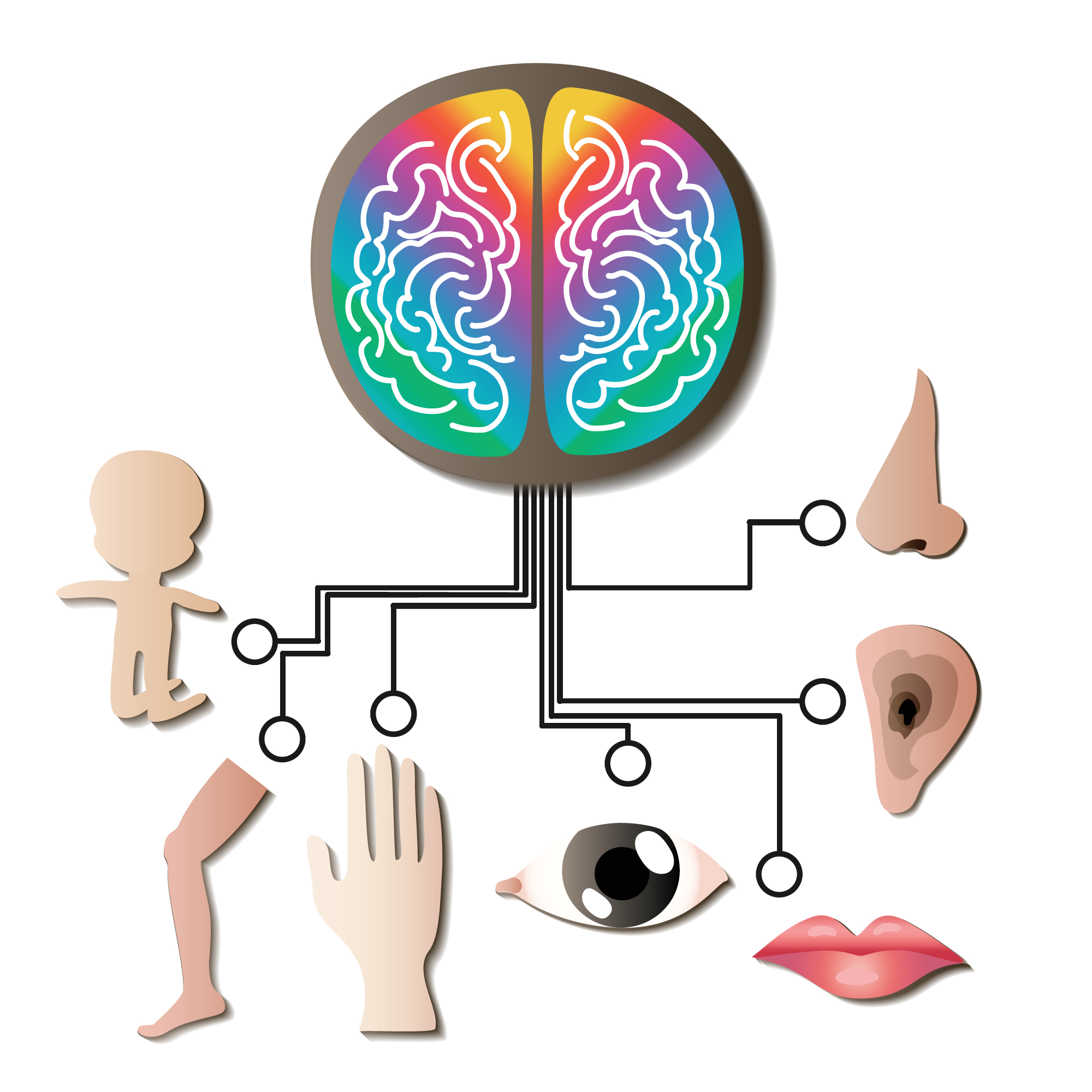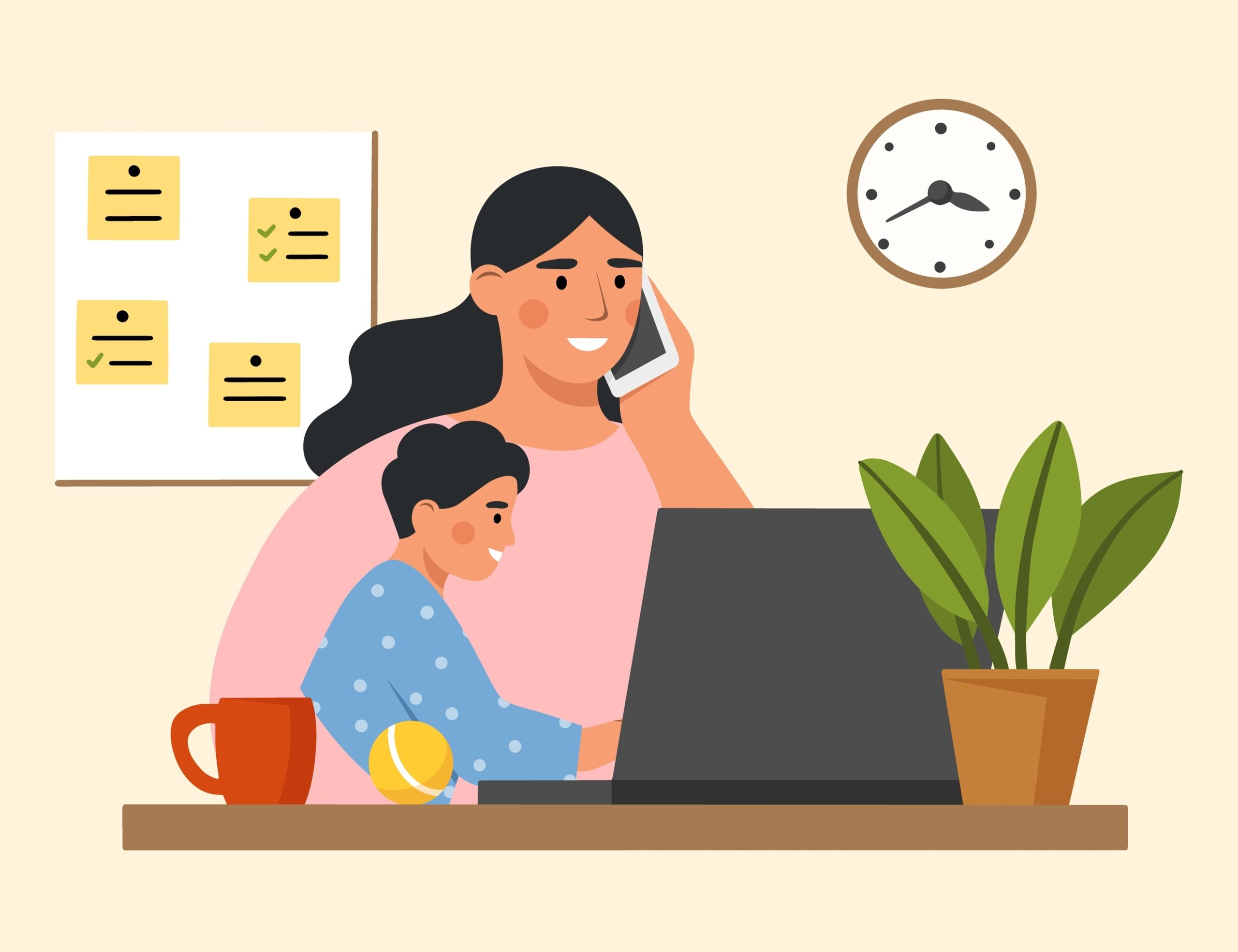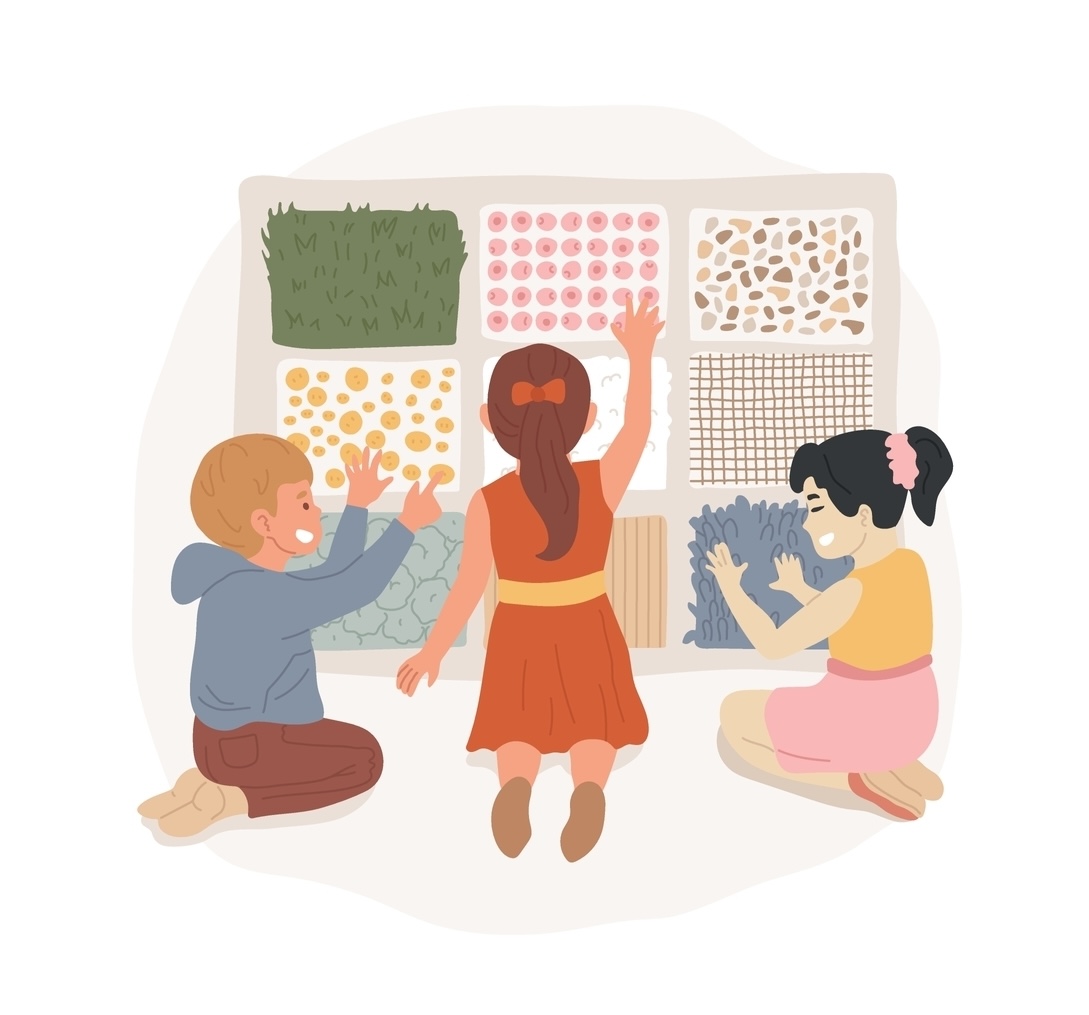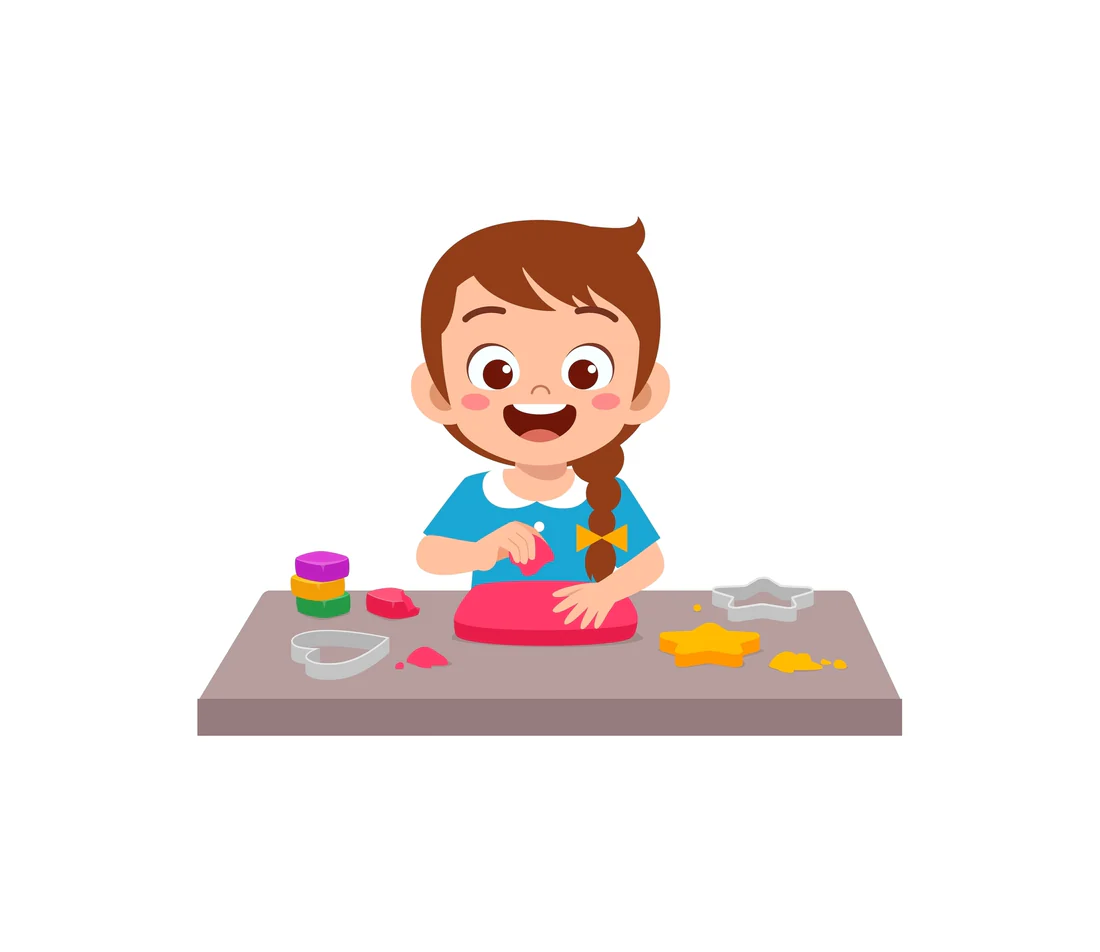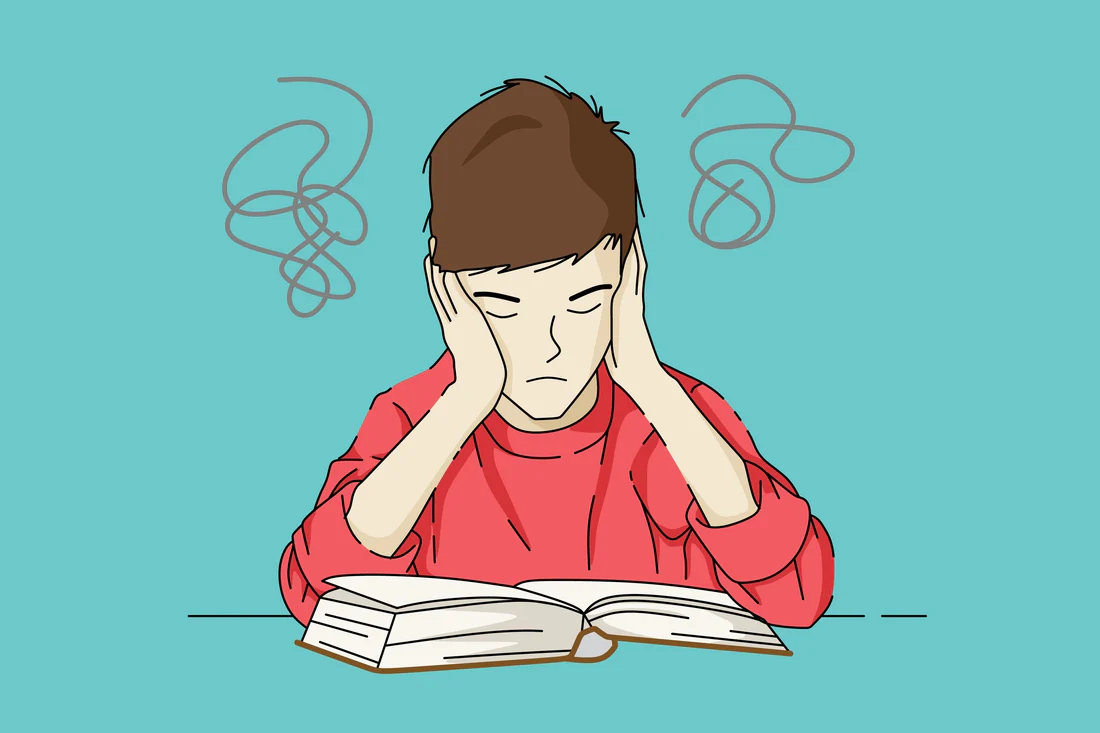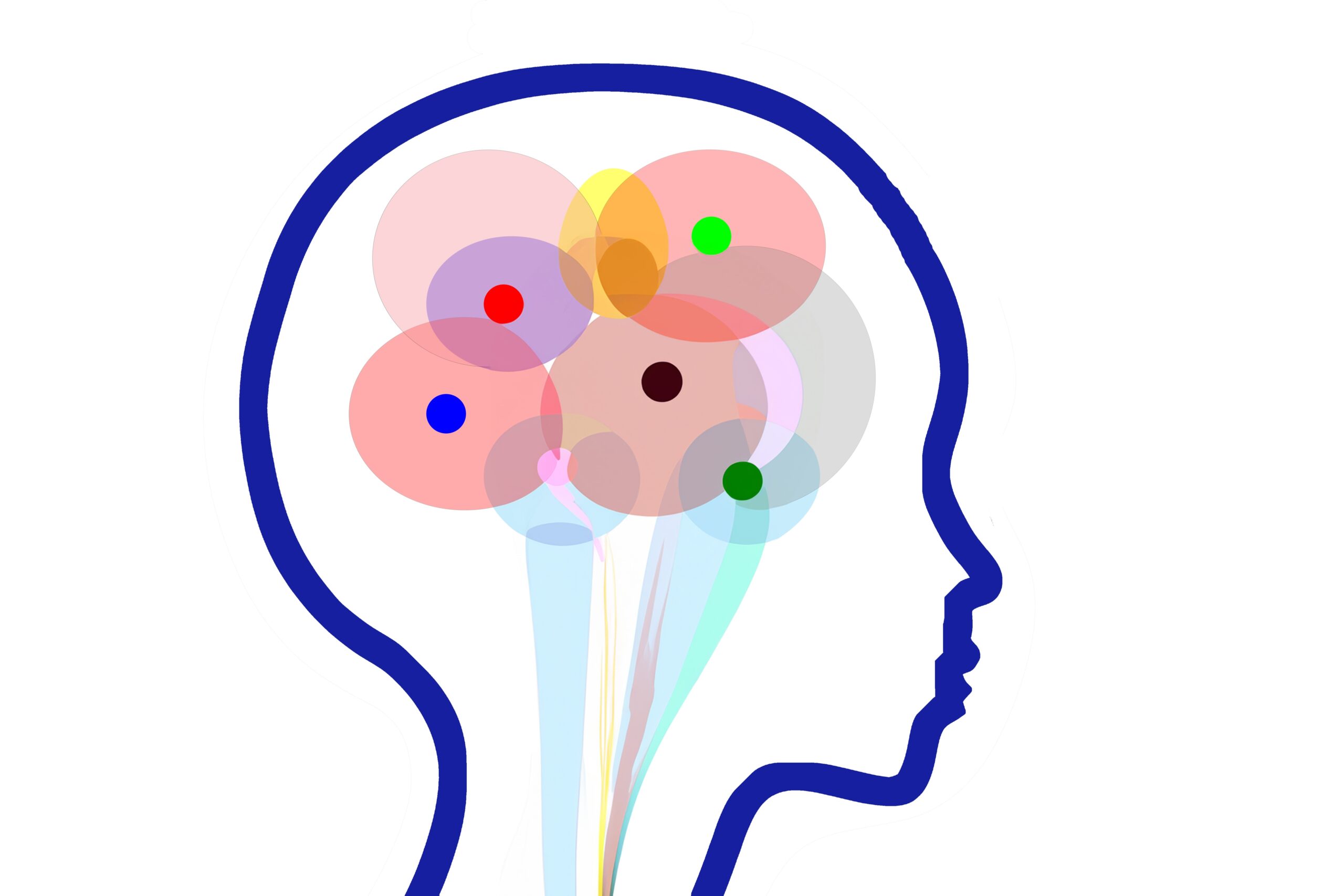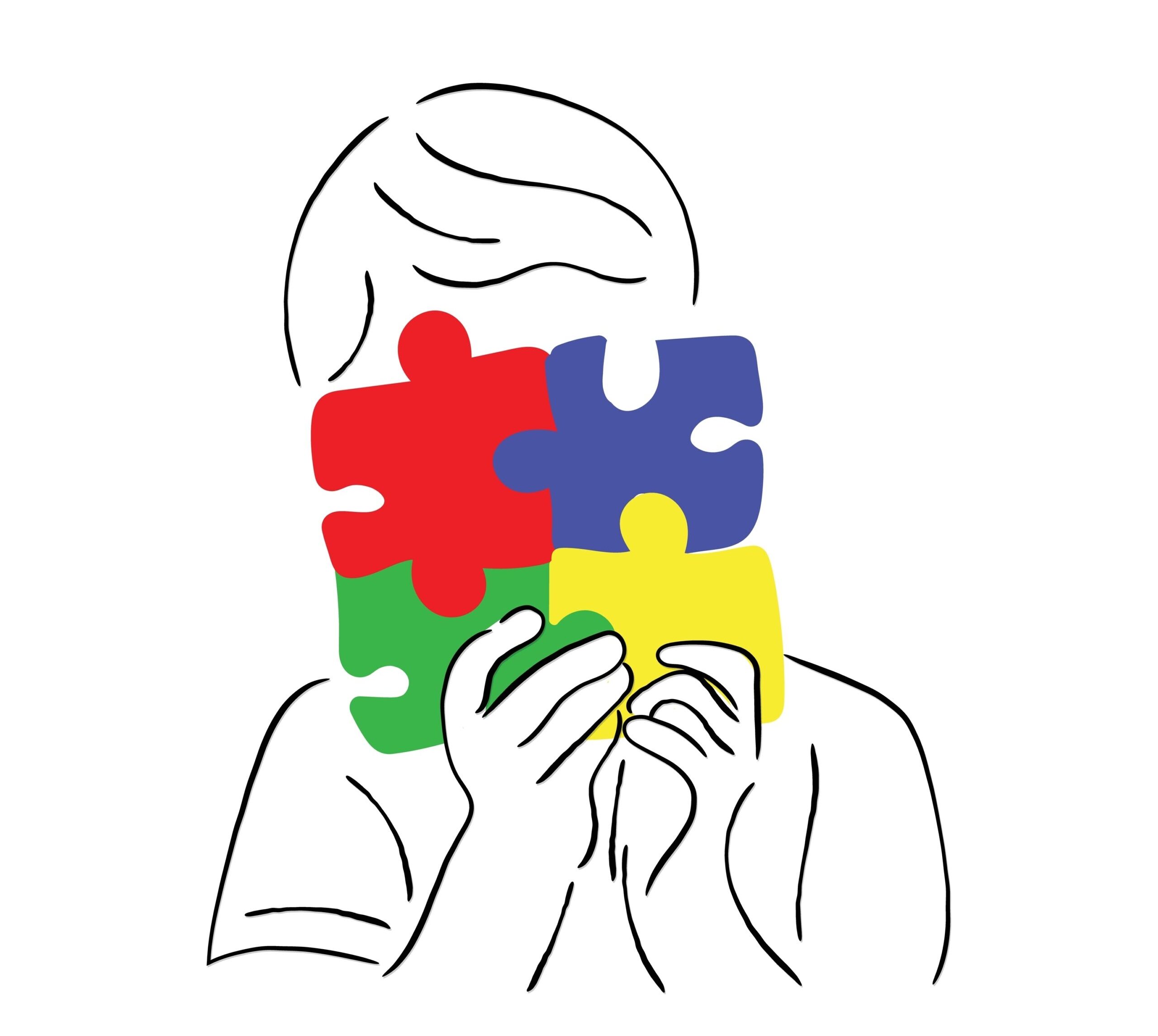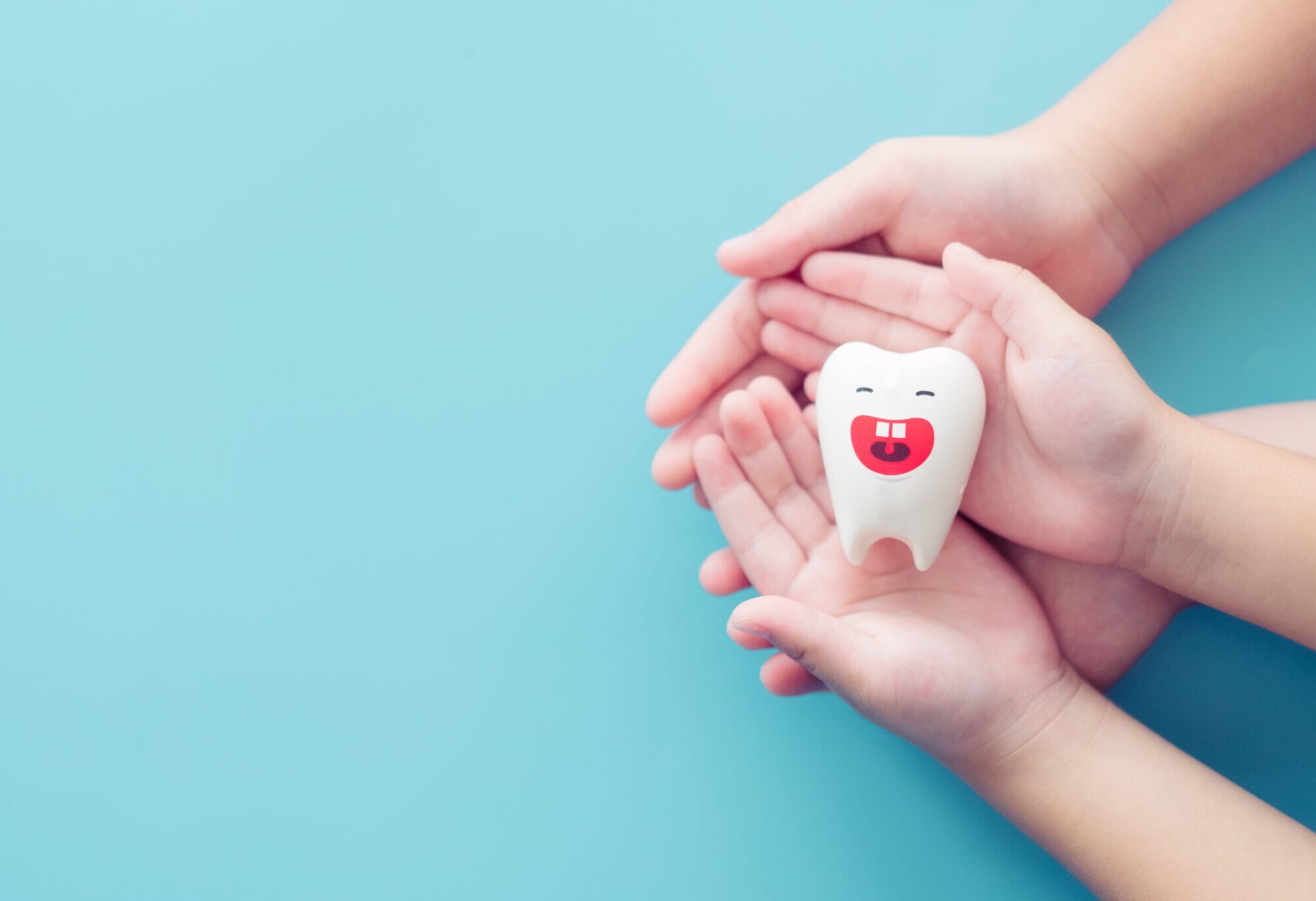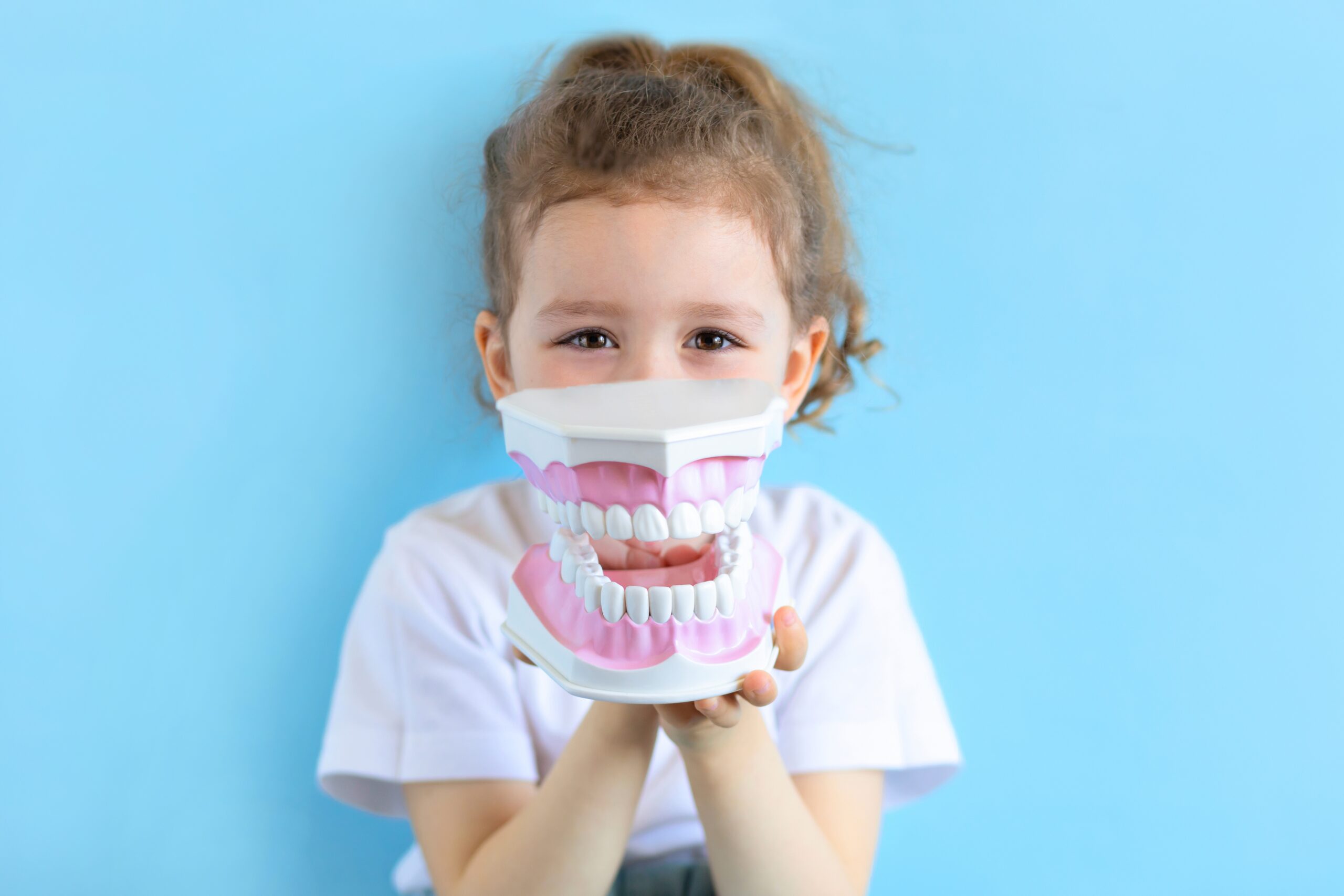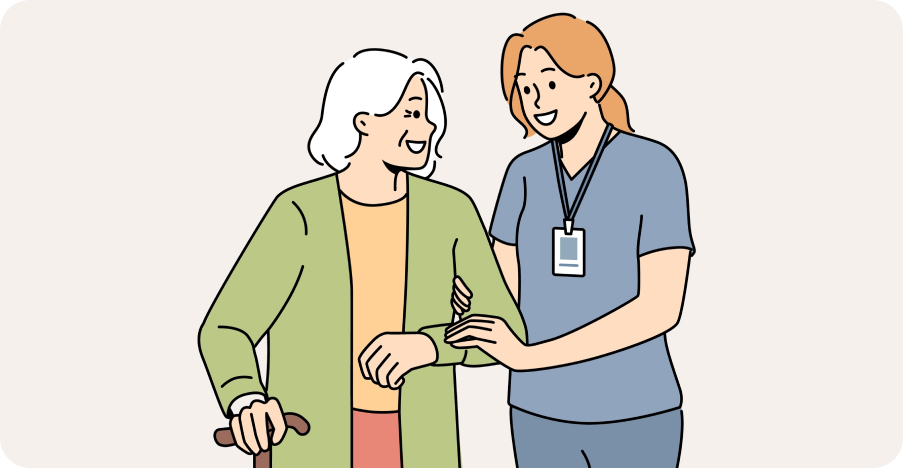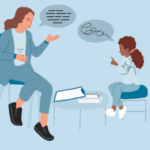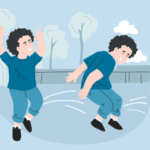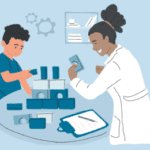ADHD Resource Center
Complete Resource Hub: For Kids, Adults, Parents & Therapists
- Child ADHD: Symptoms, Causes, Treatments
- Teen ADHD (Adolescents): Symptoms, Causes, Treatments
- Adult ADHD: Symptoms, Causes, Treatments
- Understanding the 3 Types of ADHD: Inattentive, Hyperactive-Impulsive & Combined Explained
- ADHD Treatment Options: Medications, Therapies, and Natural Approaches for Children & Adults
1 of 7 / Overview
What Is ADHD?
Attention-Deficit/Hyperactivity Disorder (ADHD) is a neurodevelopmental condition characterized by persistent patterns of inattention, hyperactivity, and impulsivity. It affects both children and adults, influencing various aspects of daily life, including academic performance, work, and relationships.
What Are The Key Symptoms Of ADHD?
ADHD is characterized by persistent symptoms of inattention, hyperactivity, and impulsivity that interfere with daily functioning. Common signs include difficulty focusing, forgetfulness, excessive talking, restlessness, and trouble following instructions or completing tasks.
What Is The Difference Between ADD And ADHD?
ADD (Attention Deficit Disorder) and ADHD (Attention-Deficit/Hyperactivity Disorder) refer to the same condition, but the terminology has changed over time.
ADD is an older term that was once used to describe individuals who had attention difficulties without hyperactivity. Today, the official diagnosis is ADHD, which includes three types:
- ADHD, Predominantly Inattentive Type (what used to be called “ADD”)
- ADHD, Predominantly Hyperactive-Impulsive Type
- ADHD, Combined Type (both inattentive and hyperactive-impulsive symptoms)
In summary: ADD is an outdated term that’s now included under the broader diagnosis of ADHD, even when hyperactivity isn’t present.
How common is ADHD?
ADHD is prevalent worldwide, affecting approximately 5% of the global population. It is often diagnosed in childhood, but many individuals continue to experience symptoms into adulthood.
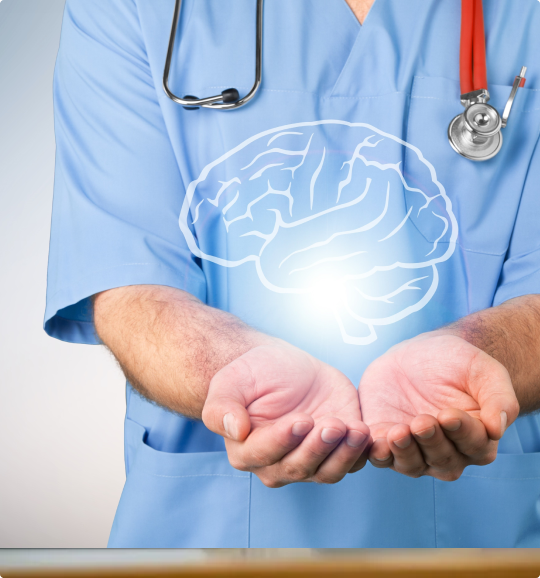

Do You have ADHD?
This quiz is designed to help you reflect on common symptoms associated with Attention-Deficit/Hyperactivity Disorder (ADHD).
Although it is not a diagnostic tool, it may provide insight into your experiences. For each statement, indicate how often you experience the following behaviors.
2 of 7 / Signs & Symptoms

What are the main symptoms of ADHD?
ADHD symptoms are categorized into two types: inattention and hyperactivity-impulsivity. Inattention symptoms include difficulty sustaining attention, forgetfulness, and disorganization. Hyperactivity-impulsivity symptoms involve restlessness, excessive talking, and impulsive decision-making.
How do ADHD symptoms differ in adults?
In adults, hyperactivity may decrease, but inattention and impulsivity can persist. Adults with ADHD may experience challenges with time management, organization, and maintaining relationships.
Are there different types of ADHD?
Yes, ADHD is classified into three types:
- Predominantly Inattentive Presentation
- Predominantly Hyperactive-Impulsive Presentation
- Combined Presentation (a mix of both)
Can ADHD symptoms vary by gender?
Yes, ADHD symptoms can present differently in males and females. Females may exhibit more internalized symptoms such as emotional instability and disorganization, which can be less noticeable.
Do I Have ADHD Symptoms? (Adult)
Below are a series of questions designed to help identify potential ADHD symptoms in adults. Answer each question based on your experiences over the past six months. Rate each question on a scale of 1 to 5, where:
- 1 – Never
- 2 – Rarely
- 3 – Sometimes
- 4 – Often
- 5 – Very Often
Although it is not a diagnostic tool, it may provide insight into your experiences.
For each statement, indicate how often you experience the following behaviors.

3 of 7 / Causes & Risks
What Causes ADHD?
ADHD is believed to be caused by a combination of genetic, neurological, and environmental factors. Research shows that it often runs in families, suggesting a strong genetic link, and brain imaging studies indicate differences in brain structure and activity, particularly in areas that control attention and impulse regulation. Environmental influences—such as premature birth, low birth weight, exposure to toxins (like lead), or prenatal substance exposure—may also contribute, but they do not cause ADHD on their own.
There is no single cause, and ADHD is not caused by parenting style, too much sugar, or screen time—though these factors can influence symptom severity or behavior management.
Is ADHD hereditary?
Yes, ADHD tends to run in families. Individuals with a first-degree relative diagnosed with ADHD are at a higher risk of developing the condition.
Can prenatal factors influence ADHD?
Certain prenatal factors, such as maternal smoking, alcohol use, or exposure to toxins during pregnancy, may increase the risk of a child developing ADHD.
Are there environmental factors that contribute to ADHD?
While genetics play a significant role, environmental factors like lead exposure and premature birth have been associated with an increased risk of developing ADHD.

4 of 7 / Diagnosis & tests

How is ADHD diagnosed?
ADHD is diagnosed through a comprehensive evaluation that includes a clinical interview, behavior assessments, and gathering information from multiple sources such as family members and teachers.
Are there specific tests for ADHD?
There is no single test for ADHD. Diagnosis involves ruling out other conditions and assessing the individual’s behavior across different settings.
Can ADHD be diagnosed in adults?
Yes, ADHD can be diagnosed in adults. Many adults are diagnosed after recognizing symptoms that have persisted since childhood.
Is there a difference in diagnosing ADHD in children and adults?
While the diagnostic process is similar, adults may present with subtler symptoms, making the evaluation more complex. A thorough assessment of the individual’s history and current functioning is essential.
5 of 7 / Care & treatment
What treatments are available for ADHD?
Treatment for ADHD often includes a combination of medication, behavioral therapy, and lifestyle modifications. Stimulant medications are commonly prescribed, but non-stimulant options are also available.
Are there side effects associated with ADHD medications?
Yes, common side effects of ADHD medications can include sleep disturbances, appetite changes, and mood swings. It’s important to monitor for any adverse effects and consult with a healthcare provider.
Can therapy help manage ADHD symptoms?
Behavioral therapy, including cognitive-behavioral therapy (CBT), can be effective in helping individuals with ADHD develop coping strategies and improve organizational skills.
Are there alternative treatments for ADHD?
While some alternative treatments are popular, there is limited scientific evidence supporting their effectiveness.

6 of 7 / Living With

How can adults manage daily life with ADHD?
Adults with ADHD can manage daily life by creating structured routines, using reminders and timers, and breaking large tasks into smaller steps. Time management tools, such as planners and apps, are essential for staying organized. Consistent sleep, exercise, and a balanced diet also support better focus and mood. Working with a therapist or ADHD coach can further improve productivity and emotional regulation.
What are effective coping strategies for children with ADHD?
Coping strategies for children with ADHD include consistent schedules, positive reinforcement, and visual cues to reinforce routines. Physical activity helps release excess energy, while short, structured tasks can keep children engaged. Parents and teachers can collaborate to create ADHD-friendly environments that reduce distractions and encourage success in school and at home.
How does ADHD affect relationships and social life?
ADHD can impact relationships by causing miscommunications, impulsivity, and forgetfulness. These challenges can strain friendships, romantic relationships, and family dynamics. However, open communication, setting reminders for important events, and using active listening skills can help build stronger connections. Support groups and couples therapy may also offer valuable tools for navigating ADHD in relationships.
What are some tips for succeeding at work or school with ADHD?
Success at work or school with ADHD involves using organizational aids like calendars, task lists, and time-blocking methods. Prioritizing tasks and minimizing distractions—such as noise-canceling headphones or clean workspaces—can increase focus. Frequent breaks and setting realistic goals help prevent burnout. Seeking accommodations, like extended time or quiet environments, can make a big difference in performance.
7 of 7 / related reading


Does my Child have ADHD?
Below is a series of questions designed to help identify potential ADHD symptoms in children. Answer each question based on your child’s behaviors over the past six months. Rate each question on a scale of 1 to 5, where:
- 1 – Never
- 2 – Rarely
- 3 – Sometimes
- 4 – Often
- 5 – Very Often
Although it is not a diagnostic tool, it may provide insight into your child’s experiences.
Find a Therapist
Find the physical therapist, occupational therapist, or speech language pathologist you’re looking for!
Ask Us Anything
Whether you are looking for advice, have a general question about sensory processing, or looking for resources.
Submit Your Story
Share your story about your child. Let’s celebrate milestones and learn more about challenges.
ADHD Glossary
Attention-Deficit Disorder (ADD)
An outdated term previously used to describe individuals who have difficulty maintaining attention but do not display significant hyperactivity. Today, this is generally considered part of the broader diagnosis of ADHD—specifically, the Predominantly Inattentive Presentation.
Attention-Deficit/Hyperactivity Disorder (ADHD)
A neurodevelopmental disorder characterized by persistent patterns of inattention, hyperactivity, and/or impulsivity that interfere with daily functioning or development. It is typically diagnosed in childhood but can persist into adulthood.
Executive Function
A set of mental skills that include working memory, flexible thinking, and self-control. Individuals with ADHD often experience challenges in executive function, making tasks like organizing, planning, and managing time more difficult.
Hyperactivity
Excessive movement, fidgeting, or an inability to stay still, commonly seen in individuals with ADHD. It may manifest as restlessness, constant talking, or difficulty remaining seated.
Impulsivity
Acting quickly without thinking about the consequences. In ADHD, impulsivity can lead to interrupting others, difficulty waiting one’s turn, or making hasty decisions.
Inattention
Difficulty sustaining focus, especially on tasks that require prolonged mental effort. This can lead to careless mistakes, forgetfulness, and frequent distractions.
Neurodiversity
A concept that views neurological differences, such as ADHD, as natural variations of the human brain rather than disorders that need to be “fixed.” It promotes acceptance and support for individuals with diverse cognitive styles.
Stimulant Medication
A common treatment for ADHD that helps increase attention and decrease impulsivity and hyperactivity. These medications, such as methylphenidate or amphetamine-based drugs, work by enhancing certain brain chemicals like dopamine and norepinephrine.






































